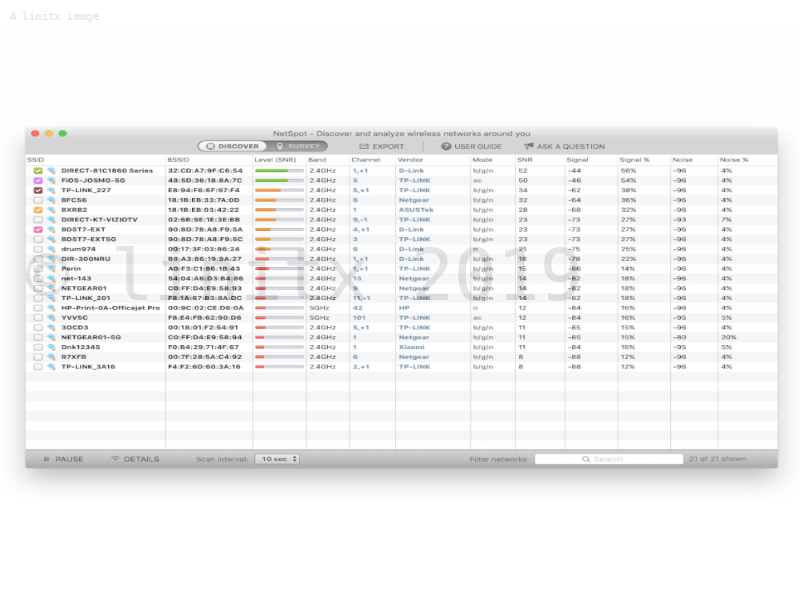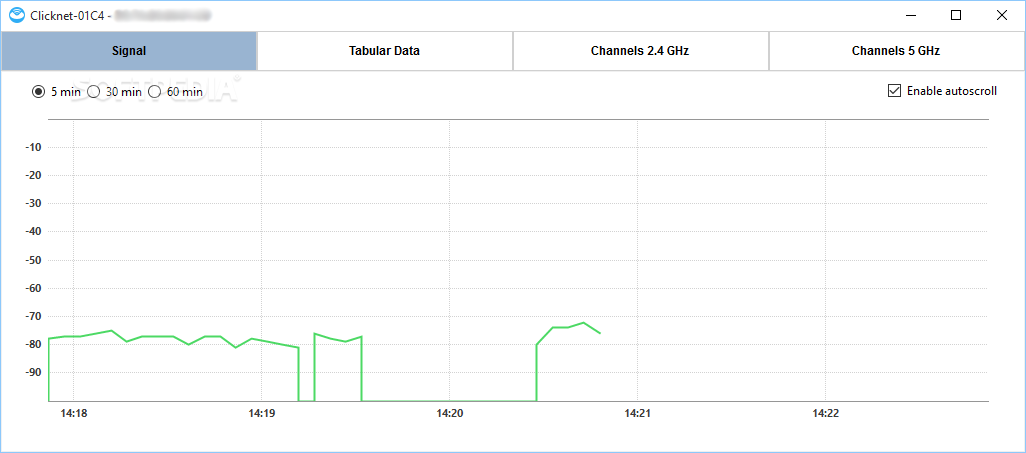

In 29 out of 36 of these patients, gallium Ga 68 dotatate PET correctly identified the NET site.
Netspot kit trial#
In Trial B (published study), 36 out of 104 patients with suspected neuroendocrine tumors were found by CT and/or MRI and SPECT to have pathology confirmed NET. gallium Ga 68 dotatate was negative in 26 out of 28 patients in whom CT and/or MR imaging was negative. Out of 50 patients with NETs localized by CT and/or MR imaging, gallium Ga 68 dotatate was positive in 48 patients including 13 patients in whom In 111 pentetreotide was negative. Among 78 patients in whom CT and/or MR images and In 111 pentetreotide images were available, gallium Ga 68 dotatate PET was in agreement with the CT and/or MR images in 74 patients. The reads were compared to CT and/or MR images and to indium In 111 pentetreotide images obtained with Single Photon Emission Computed Tomography (SPECT) within previous 3 years. The images were read by two independent readers blinded to clinical information. In Trial A, 97 adult patients with known or suspected neuroendocrine tumors (NETs) were evaluated with gallium Ga 68 dotatate. The efficacy of NETSPOT was established in three open-label, single center trials (Study A-C). What are the benefits of this drug (results of trials used to assess efficacy)? NETSPOT shows the sites of neuro-endocrine tumors. NETSPOT is injected into a vein (intravenous) in preparation for an imaging test (called positron emission tomography scan or PET scan) to help detect the tumor. NETs are rare tumors that develop in certain hormone-producing cells of the body’s neuro-endocrine system.

NETSPOT is a drug for detection of a specific type of tumors called somatostatin receptor positive neuro-endocrine tumors (NETs). NETSPOT (kit for the preparation of gallium Ga 68 dotatate injection)ĭRUG TRIALS SNAPSHOT SUMMARY: What is the drug for? Refer to the NETSPOT (kit for the preparation of gallium Ga 68 dotatate injection) Prescribing Information for complete information.

Always speak to your health provider about the risks and benefits of a drug. The Snapshot is intended as one tool for consumers to use when discussing the risks and benefits of the drugs.ĭo not rely on Snapshots to make decisions regarding medical care. The “MORE INFO” bar shows more detailed, technical content for each section.
Netspot kit generator#
in two forms-as a kit for reconstitution using a Ga 68 generator and as Netspot Injection, a ready-to-use dose delivered from a local radiopharmacy in selected metropolitan areas.The information provided in Snapshots highlights who participated in the clinical trials that supported the FDA approval of this drug, and whether there were differences among sex, race and age groups. The company says it intends to sell the product in the U.S. “Netspot provides another diagnostic tool whose results will help clinicians determine the location and extent of the tumor.”Īdvanced Accelerator Applications, headquartered in France, says the product will be made available to the U.S. “Use of advanced imaging techniques to detect rare neuroendocrine tumors at an early stage in patients is critical,” FDA director of medical imaging products Libero Marzella, MD, PhD, says in prepared remarks. These tumors have receptors for somatostatin, a hormone that regulates the endocrine system, and Ga 68 dotatate works by binding to such receptors. The agency explains that NETs are rare benign or malignant tumors that develop in the hormone-producing cells of the neuroendocrine system. Marketed by Advanced Accelerator Applications, the kit, to be called Netspot, represents the first clinical application of the radioactive probe drug Ga 68 dotatate, according to FDA. Food and Drug Administration has approved a kit used to prepare and inject a PET imaging agent that can ferret out rare somatostatin receptor-positive neuroendocrine tumors (NETs) in adult and pediatric patients.


 0 kommentar(er)
0 kommentar(er)
